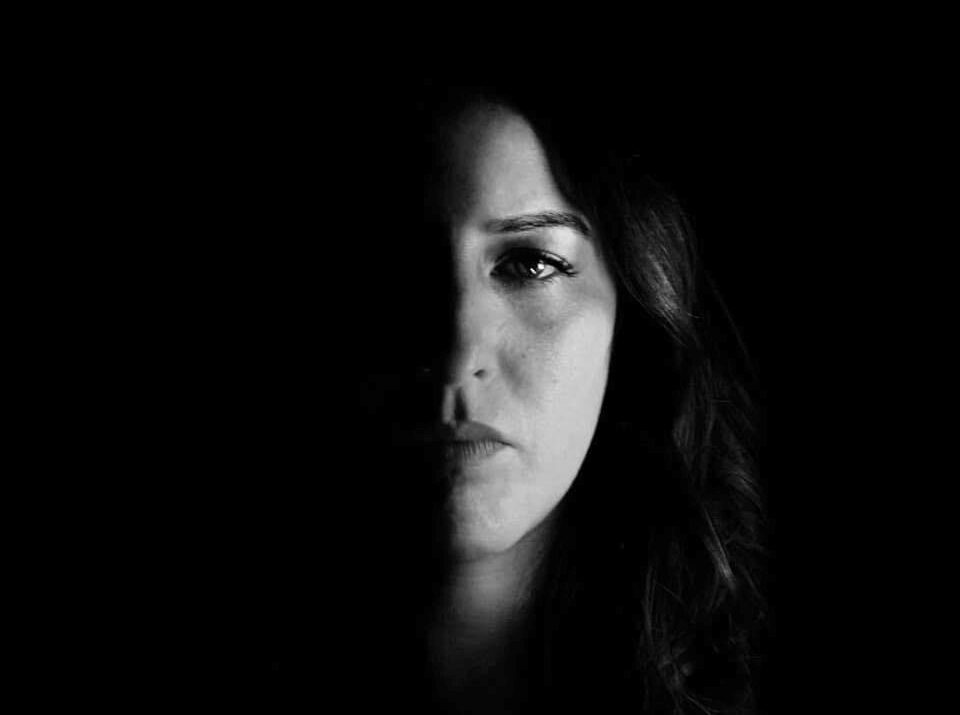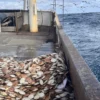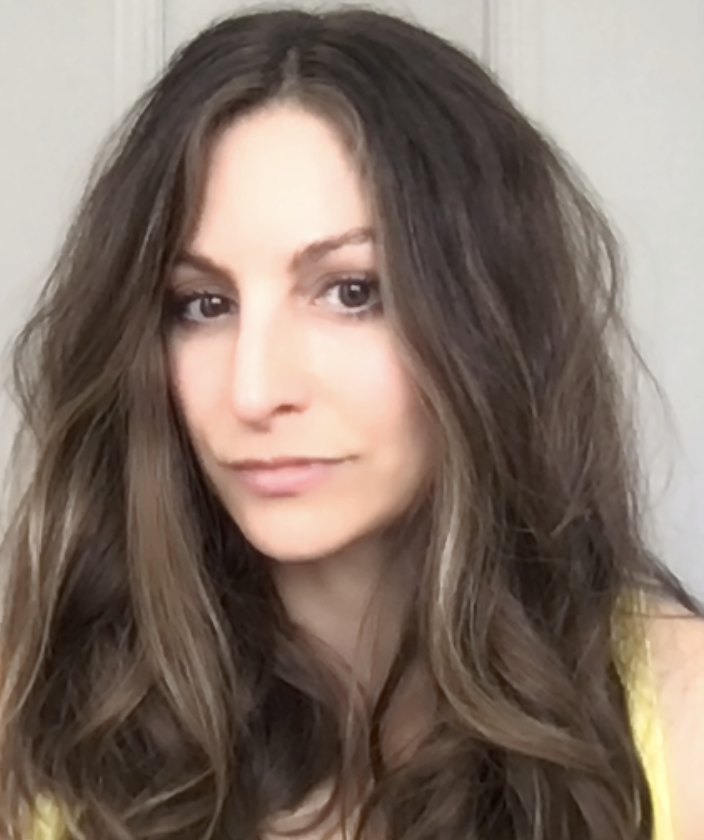Q & A with artist Jay Davani
Jay, you came to our attention via Ashley Bendiksen, one of our freelance writers and a domestic violence survivor who is a national expert and speaker on the issue (she was a recent guest on Story in the Public Square, the national PBS TV show we produce from The Pell Center). We’re happy she did. Can you start with an overview of your work as a “death influencer” in Providence?
Thank you for having me! As a death influencer in Providence, I focus on fostering open conversations about death and dying. My work includes organizing events like Death Cafés, where participants can discuss their thoughts and feelings about mortality in a safe and supportive environment. I also collaborate with local organizations to create educational resources that promote awareness around end-of-life issues, encouraging community engagement and breaking down the stigma surrounding death. Additionally, I maintain active social channels where I share content and facilitate live discussions online, making these important conversations accessible to a broader audience. I also engage in artist talks and lectures, further exploring the intersection of art and mortality. In my role as a hospice grief facilitator, I provide support to individuals and families navigating their grief, empowering them to confront these topics with compassion and understanding. Ultimately, my goal is to lead to healthier discussions about grief and loss.
You are active in Death Cafes. What are they and who attends?
Death Cafés are informal gatherings where people come together to talk about death and dying in an open, welcoming environment. The aim is to normalize conversations around these topics, which are often considered taboo. Attendees represent a diverse range of individuals of all ages, backgrounds, races, and genders, including artists, those who are death curious, death workers such as hospice workers, chaplains, funeral home owners, mortuary students, cemetery directors, retirement advisors, hospital executives, nurses, the terminally ill, those facing death, and those who have experienced a recent loss. The atmosphere is relaxed, and the focus is simply on sharing thoughts, experiences, and feelings about mortality, fostering connection and understanding among participants.
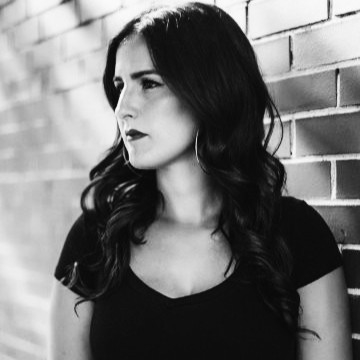
What do attendees come away with?
Attendees often leave Death Cafés with a greater sense of comfort and clarity regarding their thoughts on death and dying. Many find that sharing their experiences and hearing others’ stories helps to normalize their feelings, reducing the stigma associated with these topics. Participants frequently report feeling more connected to their community and empowered to have deeper conversations about mortality with their loved ones. Additionally, they gain valuable insights and resources that can help them navigate grief, loss, and their own end-of-life planning.
Why do many people of all ages want to avoid discussions of mortality?
Many people of all ages tend to avoid discussions of mortality due to fear and discomfort associated with the topic. Death is often seen as a taboo subject, leading to anxiety about the unknown and the emotional weight of loss. Additionally, cultural norms frequently encourage silence around death, making it feel socially unacceptable to bring up. For some, confronting mortality can evoke feelings of vulnerability or sadness, leading them to prefer distraction over engagement. However, avoiding these conversations can prevent individuals from processing their feelings and making informed decisions about end-of-life issues.

How would you respond to those who might say such discussions are “morbid”?
I would emphasize that discussing death is not morbid; rather, it’s a natural and essential part of life. Acknowledging mortality allows us to reflect on our values, relationships, and the way we want to live our lives. Engaging in these conversations can lead to greater appreciation for life and help individuals make more intentional choices. By normalizing discussions about death, we can foster a healthier relationship with it, ultimately reducing fear and stigma. It’s about embracing the full spectrum of human experience, which includes both life and death.
How does your photography figure into all of this?
Photography plays a significant role in my work by capturing the beauty and complexity of life, including themes of mortality. Through my lens, I aim to document moments that evoke emotions related to life, loss, and remembrance. My photography often serves as a conversation starter about death and dying, helping to create a visual narrative that encourages people to reflect on their own experiences with grief and celebration of life. By intertwining art and the discussions around mortality, I hope to promote a deeper understanding and appreciation for the journey we all share.
On your website, we see that you have “planned funerals, memorials + organized estate clean outs.” Tell us about these please.
In my work, I have assisted families in planning funerals and memorials, ensuring that these events honor the lives of their loved ones in meaningful ways. I have guided them through the process, helping with logistics, creative elements, and personal touches that reflect the individual’s uniqueness. Additionally, I have organized estate clean-outs, providing compassionate support to families as they navigate the often overwhelming task of sorting through belongings after a loss. My goal is to alleviate some of the burdens during these difficult times, allowing families to focus on celebrating lives while also managing practical aspects of grief.
Tell us about your background. You were born in Iran. What happened next?
I was born in Iran during a tumultuous period marked by the revolution and subsequent war, which shaped my early experiences and perspective on life. My family fled the country seeking safety and stability, eventually settling in the United States. This journey instilled in me a profound understanding of the fragility of life and the importance of community and connection. Over the years, I’ve pursued various creative endeavors, including photography and event planning, which have allowed me to explore themes of mortality and resilience. My background fuels my passion for creating spaces where people can openly discuss death and celebrate life.
And you completed an Ayatana Death Residency. What is that?
The Ayatana Death Residency was an immersive program that deepened participants’ understanding of death, dying, and the artistic process. Throughout the residency, individuals engaged in a range of experiences, including workshops, discussions, and creative projects that delved into the emotional and philosophical aspects of mortality. This program encouraged participants to confront their own beliefs and fears about death while also learning how to support others in navigating these conversations. My time in the residency enriched my perspective and equipped me with valuable tools to facilitate meaningful discussions about death, integrating these insights into my work as a death influencer.
Additionally, I attended the Santa Muerte artist residency, which sought artists interested in exploring the transformative powers of death. This residency attracted creatives who were comfortable navigating liminal spaces and willing to push boundaries in their approach to death and art. Focused on challenging Western notions that view death as finite, the Santa Muerte residency emphasized reciprocity, ritual, and spiritual practices. It acknowledged that grief could emerge when engaging with themes of death, highlighting the importance of self-care and community care within art practices that were community-oriented. This intimate residency was particularly suited for artists who considered death in all its forms and who felt at ease exploring these themes in natural spaces, including working with bones and decay.
You have been a Grief Support Facilitator at HopeHealth in Providence, which among other services offers hospice care. What does that work entail?
As a Grief Support Facilitator at HopeHealth, I provide emotional support and resources to individuals and families navigating the challenges of loss. My role involves facilitating and shadowing grief support groups, as well as attending training sessions and workshops focused on grief and hospice care. I strive to create a safe and nurturing environment where participants feel comfortable sharing their feelings and experiences, guiding them through the complexities of their grief. Additionally, I collaborate with hospice care teams to ensure families receive holistic support throughout the end-of-life journey. This position has enriched my understanding of the diverse ways people cope with loss and underscored the vital role of community in the healing process.
According to your website, you “produce creative projects and operations on the creative team for the communications department at Rhode Island School of Design.” Some detail please.
In my role at the Rhode Island School of Design (RISD), I manage a variety of creative projects and operations within the communications department. This involves collaborating with faculty, staff, and students to develop engaging content that highlights the unique aspects of our programs and community. I oversee the production of print and digital materials, ensuring they align with RISD’s branding and messaging goals. Additionally, I coordinate cross-departmental initiatives and streamline workflows to enhance collaboration and efficiency. My work supports RISD’s mission of fostering creativity and innovation, helping to amplify the voices and stories within our vibrant artistic community.
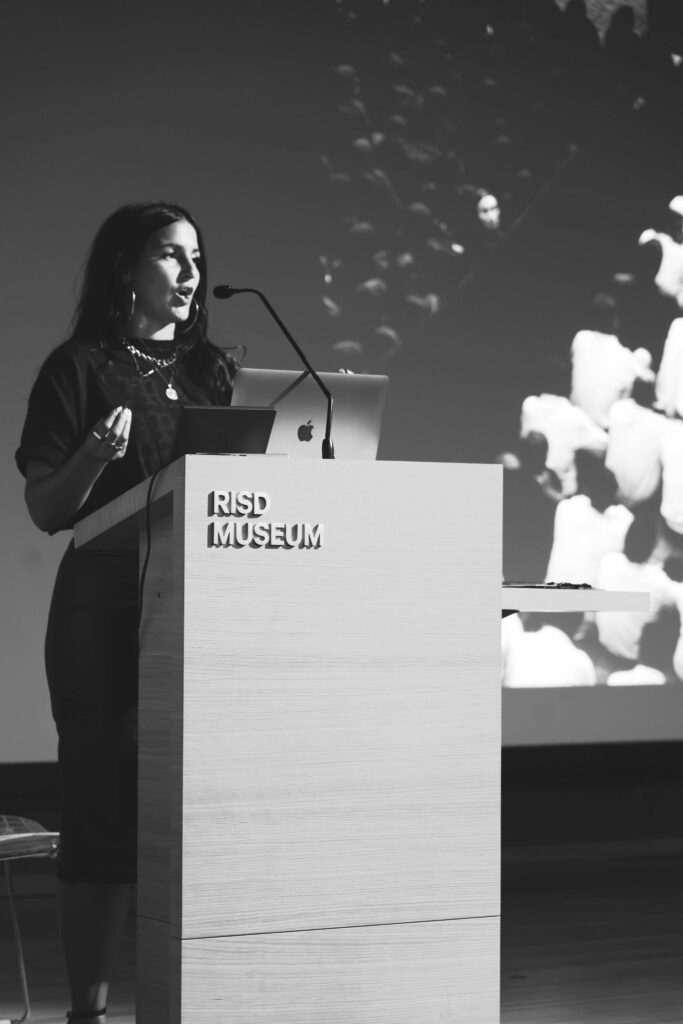
And same for this: “I also run a design studio that focuses on branding, web production, digital strategy, and consulting for small businesses.”
In my design studio, I help people who help people. I specialize in delivering comprehensive services tailored to small businesses, assisting them in establishing and enhancing their brand identities. This includes developing strategic branding approaches, designing distinctive logos, and creating cohesive visual assets that resonate with their target audiences. I also prioritize web production, ensuring clients have user-friendly, visually appealing websites that effectively showcase their products and services. Additionally, I provide digital strategy consulting, guiding businesses on how to leverage online platforms for growth and engagement. My goal is to enable small businesses to thrive in a competitive market by offering customized solutions that reflect their unique vision and values.
You have two events we should mention. Can you please give an overview, starting with The Wurks Studio — Art Speaks. Tenants of Death, held last month.
The Wurks Studio — Art Speaks: Tenants of Death took place on October 8 at 72 Tingley St., Providence. This event explored the tenants of the death-positive movement and how they inform my work as both an artist and advocate. Through engaging discussions and artistic presentations, we delved into the importance of embracing death as a natural part of life and fostering open conversations around mortality. It was a meaningful gathering aimed at encouraging participants to reflect on their own experiences with death and how art can play a role in processing grief and loss.
Same with “Lifting the Lid — International Festival on Death + Dying. Beyond the Forbidden: Rituals + Revolution. November 15, 2024.”
Lifting the Lid — International Festival on Death + Dying: Beyond the Forbidden: Rituals + Revolution is scheduled for November 15, 2024. This festival will bring together diverse voices and perspectives to explore the cultural and societal rituals surrounding death. We’ll engage in thought-provoking discussions on how these rituals can lead to revolutionary changes in how we view and cope with mortality. This event aims to break down barriers, challenge stigmas, and encourage attendees to rethink their relationship with death through cultural lens and practices.
What’s next for Jay Davani?
Looking ahead, I’m excited to continue expanding my work as a death influencer and advocate. I plan to develop more community-oriented events and workshops that encourage open discussions about mortality and grief. Additionally, I’m working on a series of creative projects that intertwine art and the exploration of death, aiming to reach broader audiences and foster deeper connections. I also hope to collaborate with other organizations focused on end-of-life care and support, amplifying our collective efforts to normalize conversations around death. Ultimately, my goal is to create a culture where discussing mortality is not only accepted but embraced as a vital part of the human experience.
Final question: How do you confront your own mortality?
Confronting my mortality is an ongoing journey marked by reflection and openness. I acknowledge my fears and consider what gives my life meaning, including the legacy I wish to leave and the relationships I prioritize. Through practices like yoga, journaling, and mindfulness, I explore these feelings, while discussions at Death Cafés allow me to share and learn from others. My art and photography serve as powerful outlets for expressing life’s fragility.
I often carry the phrase “Memento mori”—remember, you must die. This profound reminder of our mortality invites me to reflect on the transient nature of life, urging me to live with intention and gratitude. In embracing each moment, I strive to make my life a meaningful testament to what truly matters.


